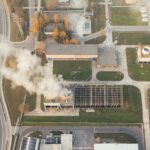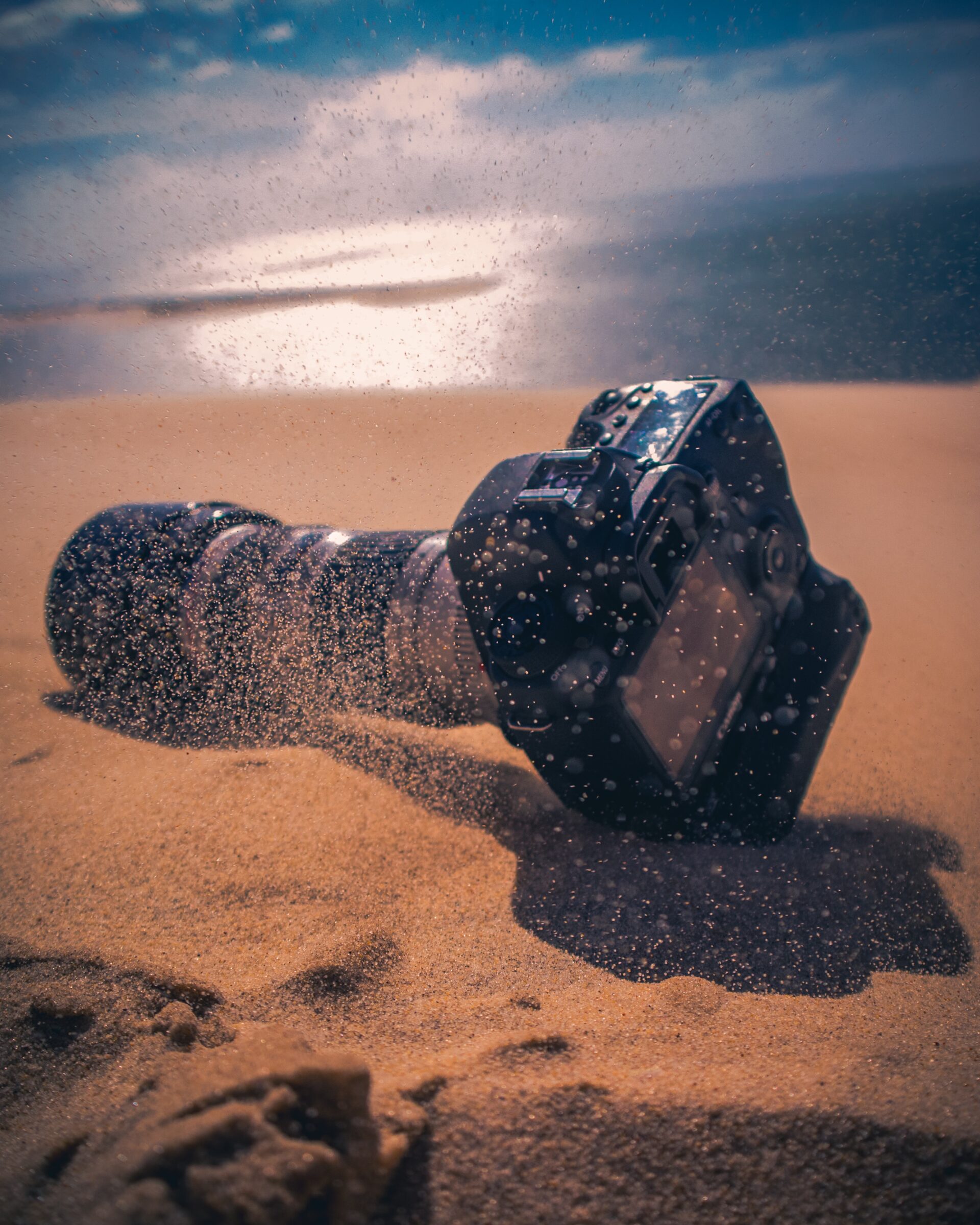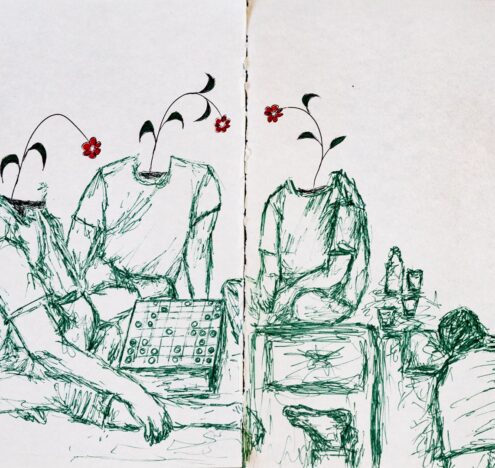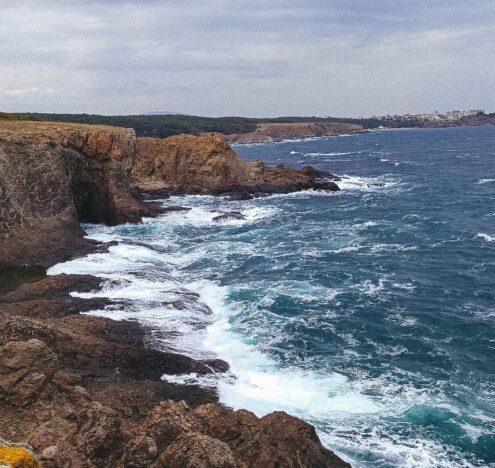Since Israel began its assault on Gaza, 31 journalists have been killed by Israeli airstrikes.
The latest violence in Gaza was triggered by Hamas’ attacks on Israel on Oct. 7, 2023. This attack, called the “Al-Aqsa Flood,” claimed 1400 Israeli lives, according to Israeli officials.
While Hamas’ attack has sparked international debate and condemnation, most countries have turned a cold shoulder to the Palestinian people and chosen to ignore the harsh reality of the 16-year blockade that has been imposed on the more than 2 million residents of the besieged territory — a reality that was expected to explode at some point.
As a journalist and a citizen of Gaza, I personally feel the need for the protection promised to me under international law. The Geneva Convention specifically grants journalists civilian protection during conflicts. Yet, as Palestinian journalists, we usually find ourselves in Israeli’s crosshairs as we do our jobs amid these conflicts. Many stories of deliberately targeting journalists, including Shireen Abu Akleh, were documented before to hold Israel accountable, but accountability was never served.
This context sets a chilling backdrop to the current conflict. While I feel a deep moral impulse to bear witness, I — and many colleagues I have spoken with — fear for my life.
Gazan Journalists and Their Crushing Grief
One of the heartbreaking episodes from the current war involves Al-Jazeera’s seasoned correspondent, Wael Al-Dahdouh. On a Wednesday evening, Oct. 24, he faced what no journalist ever prepares for while he was delivering live coverage on Al-Jazeera Arabic. Al-Dahdouh was, as usual, showing the horizon of Gaza’s skies as it was filled with airstrikes and smoke. He suddenly identified one of the Israeli airstrikes in the northern areas of the Gaza Strip where his family had relocated — an area Israel had declared a safe zone. His wife, son, daughter, and grandson died due to the airstrike.
Al-Dahdouh is a pillar of strength for journalists throughout Palestine and a respected and inspiring leader in our field. His loss added another brutal human face to the conflict and sent tremors through the journalist community.
In the shadowed alleys and bombed streets of Gaza, the journalists’ pens, cameras, and voices refuse to be silenced. Amidst the chaos, we hold to our unwavering commitment to truth and transparency and our commitment to shed light on untold stories and unheard cries in Gaza.
When he arrived at the hospital, Al-Dahdouh burst into tears as his son lay on the blood-soaked, dusty ground. He gently touched his son Hamza’s face and murmured with agony that the boy had been dreaming of becoming a journalist like him.
“They’re retaliating from us [journalists] by killing them [my family],” his eyes were red as he was weeping out loud. “It’s alright, my son!”
For Al-Dahdouh, this latest tragedy is a continuation of a life steeped in challenges. Previously imprisoned for seven years following his involvement in the first Palestinian Intifada, he remained undeterred. His commitment to journalism and education led him to earn degrees in both fields despite travel restrictions imposed by Israel.
What’s more shocking about this loss is the candid admission of Zvi Yehezkeli, the Palestinian affairs editor of Israeli Channel 13, confirming that the Israeli army was well aware of its targets. He said, “For example, the target today was the family of the Al Jazeera correspondent.” This acknowledgment paints a concerning picture of the deliberate nature of some attacks, raising crucial questions about the protections, or lack thereof, for journalists and their families.
Many journalists have expressed regular concerns during wartime that they’re being targeted for Israeli airstrikes. For example, Youmna Al-Sayed, an Al-Jazeera English correspondent, told me that the Israel Defense Force (IDF) called her today (Oct. 31, 2023) and instructed her to evacuate as they intended to bomb her house.
The tragic loss of Rushdi al-Sarraj to the Israeli airstrikes is also painful to bear. Al-Sarraj was a talented journalist and filmmaker who established Ain Media in Gaza and contributed to many award-winning documentaries with various international agencies.
The story of this loss has already begun with al-Sarraj’s friend, the journalist Yasser Mortaja, who co-founded their media company. Mortaja was killed in 2018 by an Israeli sniper during his coverage of the mass protest called “The Great March of Return,” when Palestinians in the Gaza Strip protested at the eastern borders to demand their right of return as stipulated by UN resolution 194. Mortaja was wearing protective gear that marked him as a press; nonetheless, the Israeli sniper shot him in the lower-edge part of his protective vest, penetrating his belly. He later died in the ambulance.
In the last 5 years, Rushdi has never stopped talking about how he misses his beloved friend Yasser, a loss the entire journalism community in Gaza has mourned since it happened. Now, both are lost. “I will meet you soon, my friend,” he always used to attribute his friend, Yasser, in posts about achievements with Ain Media.
Before the killing of Rushdi, another friend of his in Ain Media, Ibrahim Lafi, a photographer, was killed in an Israeli airstrike on Oct. 7 while filming the current event at Erez Crossing, the northern pedestrian crossing between Gaza and Israel. Rusdhi wrote:
“My helper is gone.. Abraham is gone…
He lived as a man and died as a man, and his morals were the morals of men..
Your separation saddens me, and my absence saddens me and your farewell..
The Israeli occupation killed him!”
Later, Rushdi’s family home was attacked on Sunday evening, Oct. 22, killing him, according to his wife, Shoroq Alila, and the Palestinian Journalists Syndicate.
Working With Targets on Our Backs
Israel has been dropping bombs on Gaza for 22 consecutive days. One of Friday night’s targets, Oct. 27, was Gaza’s media, where Israeli forces cut landline, mobile, and internet networks in the Gaza Strip, enforcing a total media blackout. Even some journalists who had Israeli SIM cards that just barely worked from building rooves had their services blocked by the Israeli provider because they appeared to be in Gaza.
“Working as a journalist in Gaza makes you more of a target in the Israeli crosshairs,” Mortaja told me before he was killed.
These stories are a mere microcosm of the broader challenges journalists face in Gaza. The conflict has not only targeted these journalists but also obliterated the very fabric of civilian life. To date, the bombings have claimed more than 8,000 lives — about half of them are children and women. Additionally, more than 20,000 people bear the physical scars of these raids, and over 1,600 remain unaccounted for, possibly trapped under rubble. As if the death toll weren’t tragic enough, there is a lack of civil defense equipment hampering rescue efforts.
In the shadowed alleys and bombed streets of Gaza, the journalists’ pens, cameras, and voices refuse to be silenced. Amidst the chaos, we hold to our unwavering commitment to truth and transparency and our commitment to shed light on untold stories and unheard cries in Gaza. Through the lenses and words of my fallen colleagues, we are reminded of the profound power of journalism to amplify voices, challenge narratives, and persist against all odds.





















